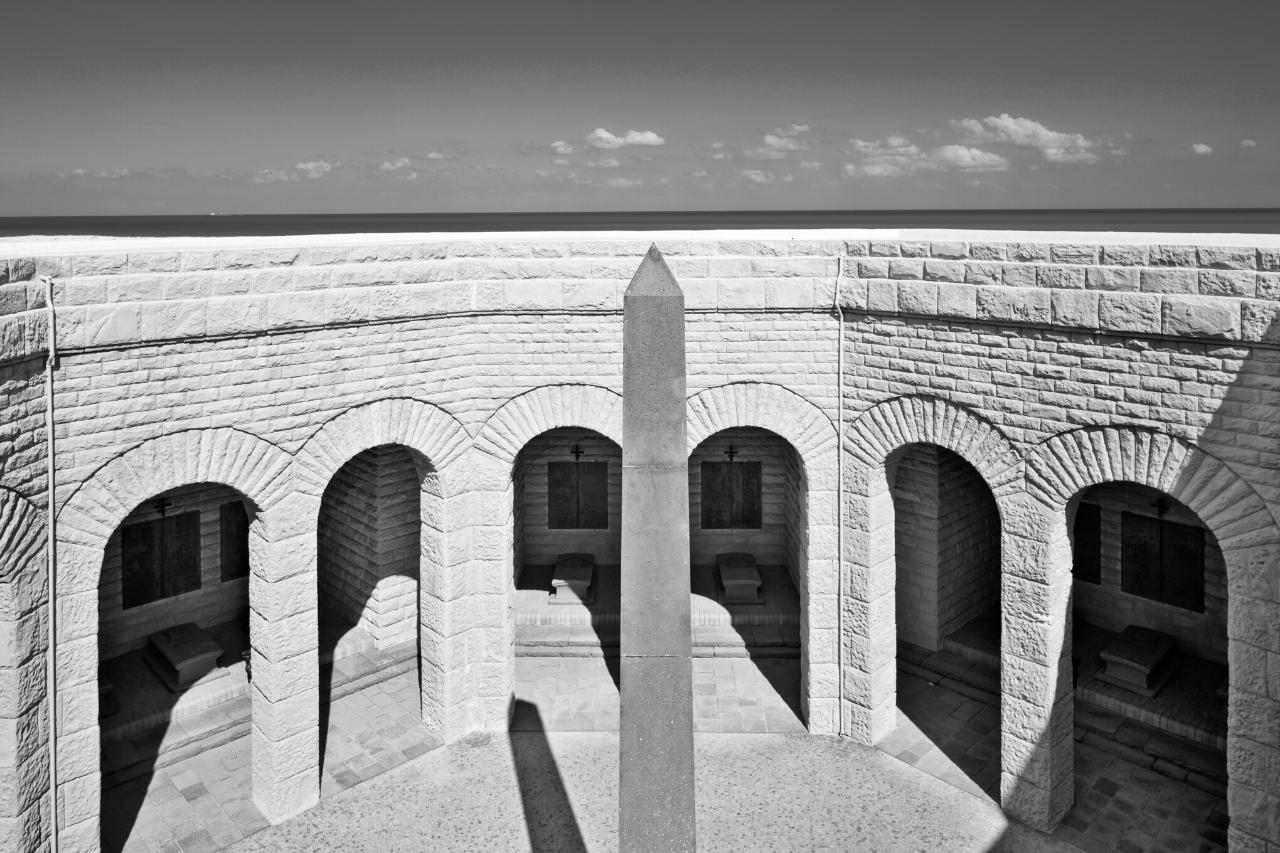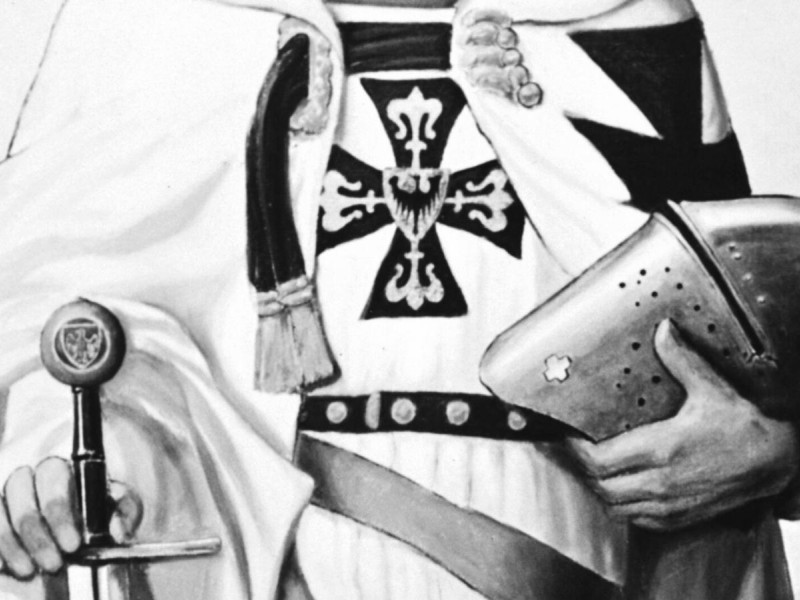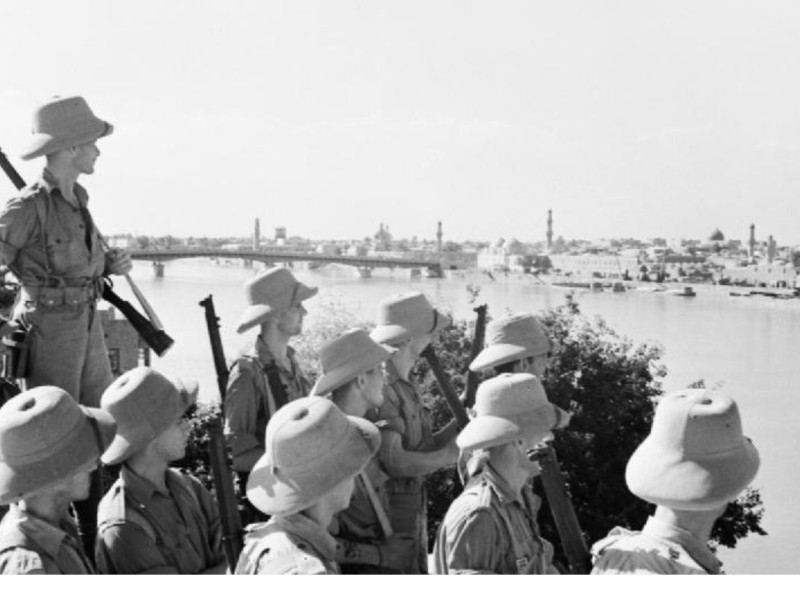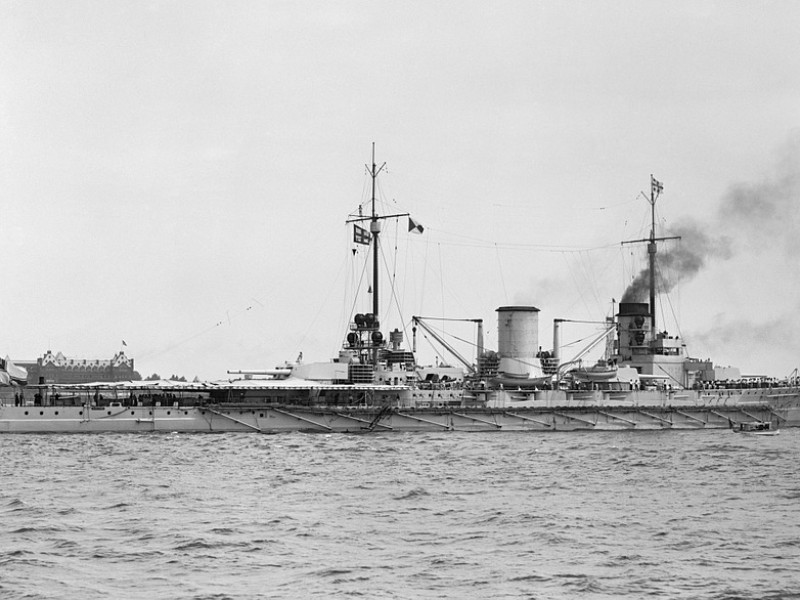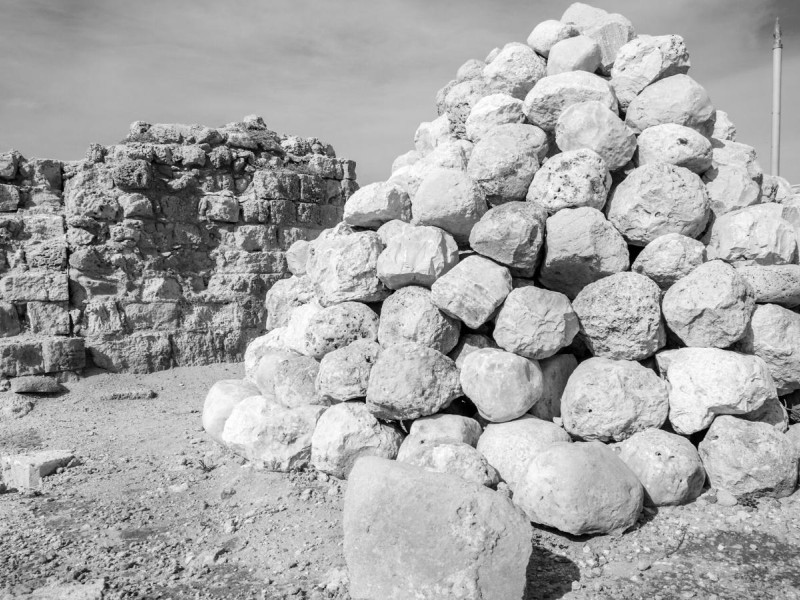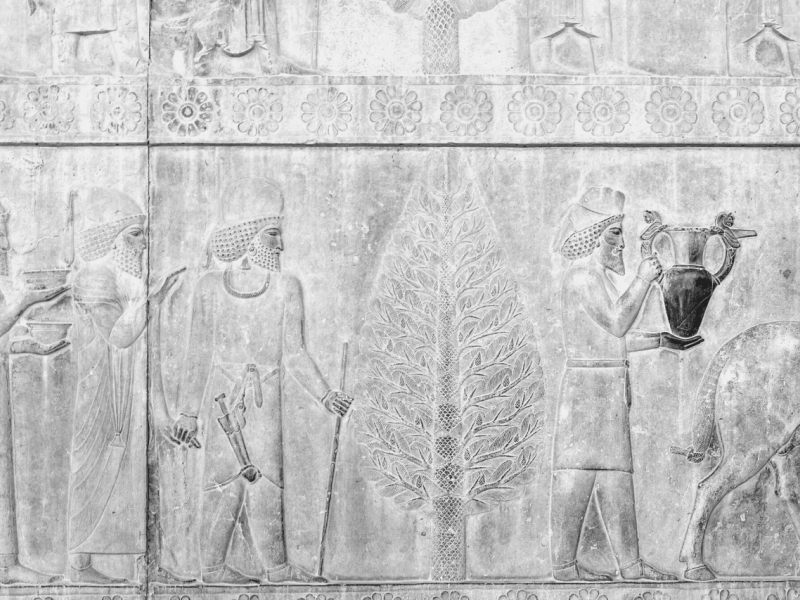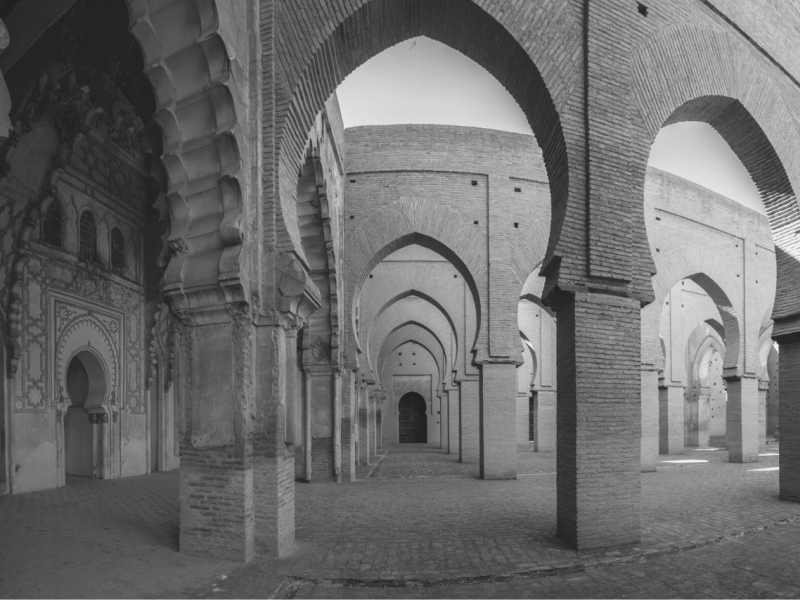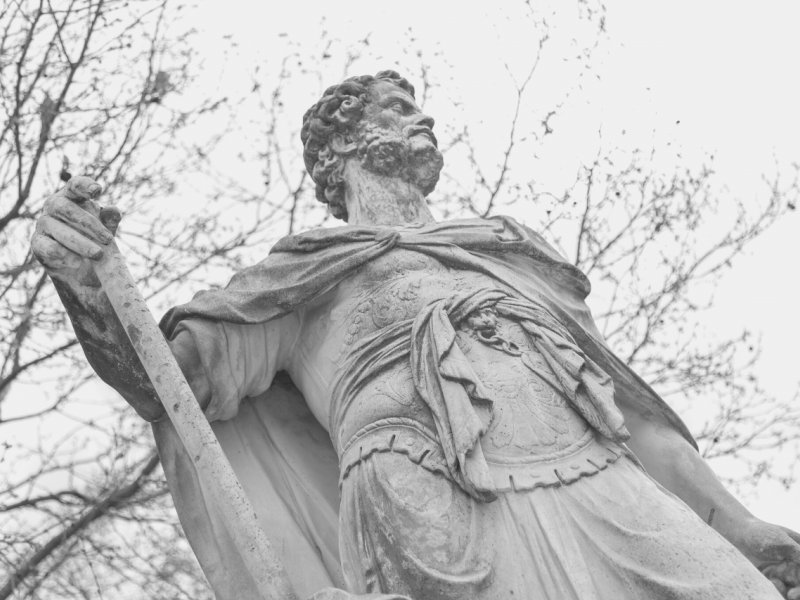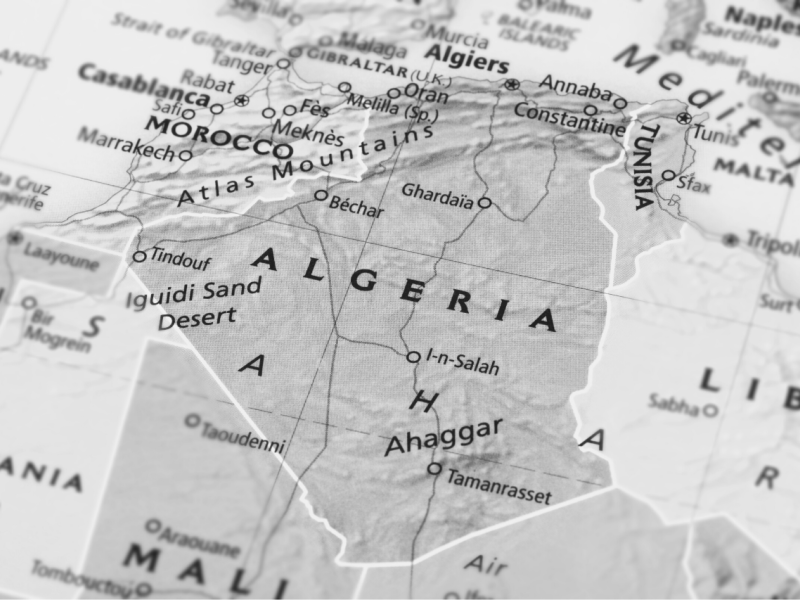The Second Battle of El Alamein: Success and Stories
In the second battle of El Alamein, the Allied forces outdid the enemies. It happened when their military genius and good fortune corresponded to the location of the battle.
The second battle of El Alamein was the continuance of the halted encounter between the British Eight Army of the Allied Forces and the Afrika Korps of the Axis forces.
Read more to know what happened on October 23, 1942, up to November 5, 1942, when the world was still in a major battle brought about by World War II.
El Alamein Battle
The El Alamein battle is a series of encounters that happened in a dilapidated railway area in the town of Egypt. It is a location that has occupied an important place on any military war map because of the significance it brought to world history.
The Enthusiasm of The Allies
Many historians and army scholars studied the goings-on in the El Alamein battle because, despite its trivial whereabouts, the consequence of its outcome was massive. There was the surrender of the Axis powers, where the win here secured the post of the Allied forces in the Suez Canal and the East.
Most of all, winning the battle in El Alamein was the start of the successes earned by the Allies. It eventually led to them being the superior power of the world as they emerged as the victor of World War II.
Leaving an Effect
A decisive victory is how world leaders and military strategists worldwide described the result of the battle of El Alamein. It is quite intriguing to know how the success achieved in the minor battle of El Alamein has yielded a tremendous effect on the world.
Undergoing successive wins in their campaign for North Africa, particularly in capturing back Libya and Gazala, the Axis forces, led by German and Italian troops, turned their hot pursuit toward the British Eight Army. The British Army was busy going deep into Egypt to lick their wounds and to replenish their strength after facing and losing several battles in the Western Desert.
The Strategy
With no choice but to face and subdue their daunting opponents, the Allied forces continued their move. They went toward the East until they reached El Alamein.
Even though the battle started with the Allies on the defensive, with great tactics and a strategic location, the forces were able to turn the tables. They were now giving the Axis powerful counterattacks, a dose of medicine they themselves concocted.
As the battle continued, now having been restricted by El Alamein’s coastal area and the impassable quicksand on the Qattara Depression, the Axis powers needed to outmaneuver their enemies.
Their struggle against the Allies grew harder. More so than ever, achieving the main goal became difficult. The primary goal was to take away the Allies’ main route for provisions, the Suez Canal, and the rich neighboring Middle East field of petroleum oil.
The Aftermath
As the days lingered and the battle intensified, both sides suffered waning supplies and weakening men. After an exchange of attacks and counterattacks, the 1st battle of El Alamein halted. It concluded in a stalemate; that is, no side won the battle. It ended on July 27, 1942, after almost a month of fighting.
The impasse provided an opportunity for both forces to collect themselves, as well as gather the much-needed supplies for the inevitable extension of the El Alamein battle. The war was far from being over yet. Right on track, after several weeks of topping up their necessities, the soldiers got ready for another bout.
Battle of El-Alamein
On October 23, 1942, for the second time, the battle of El Alamein broke the surface. It started with a four-hour air and ground barrage from the Allied forces. After the smoke subsided, Operation Lightfoot followed.
Here, close man-on-the-ground and close-quarter fighting tactics had ensued from the British Eight Army of the 30th corps of an infantry division of the north and 13th corps in the south.
Attrition, or crumbling away from the numbers of the enemy, was the goal for this operation. Yet, the enemies’ number didn’t dwindle that easily, as, unlike its name, the operation wasn’t lightly implemented because the Axis troops were not only formidable enemies but were also well-equipped with anti-tanks and other highly sophisticated war weapons.
Continuation of The Battle
As the fight continued, the Axis powers were staggering not only with the weight of their heavy losses. They suffered due to a crisis in command as well when their chief commander, Rommel, left to be hospitalized.
The Actions of Rommel
Rommel got sick while commanding the Axis troops, though he wasn’t away that long. To further add to the catastrophe, the next in command, General Georg von Stumme, died of a heart attack while being left in charge of the troops. This, among other events, could make one believe that perhaps luck was not in favor of the Axis troops in this battle.
By the time Rommel resumed his post, it was clear that the heavy fighting between the two opposing forces had resulted in an enormous blow not only for the Allies but also for his troops. In what was called Operation Super Charge by General Montgomery, the Allies stretched the Axis troops to the edge.
Rommel arrived, learning that his force was seriously going through fuel shortages. His men’s movement was affected, resulting in low morale among the troops. It came to a point at which they couldn’t even secure for themselves a retreat—a fatal situation any commander would not want to experience.
Between the petrol dilemma, enemies becoming stronger, and his troops getting low in spirits, Rommel asked for backup from Hitler. He hinted that without help, the Axis power would be annihilated. His plea was replied with a not-so-favorable command; they were instructed to continue the fight. The next day, another instruction came through.
Final Days
On November 4, 1942, the Axis forces were tasked to withdraw and retreat the African forces. It was a command with no purpose at all. It arrived too late for Rommel as his troops had already made a bold move. They had already taken the much-needed retreat, leaving most of their tanks and some divisions behind.
With the retreat of the enemies, the Allied forces won the El Alamein battle. This was a conquest that Winston Churchill himself stated as a glorious and decisive victory, not only for the Allied forces but for Britain as well. Churchill had also been adamant in giving commands for his troops to win, for his sake, and the battle he was fighting, too.
2nd Battle of El Alamein
The 2nd battle of El Alamein was once again not only a test of strength but a battle of wits and wisdom, too. Still leading the Axis forces was the desert fox, German Field Marshall Erwin Rommel. His moniker, desert fox, wasn’t something to be disregarded for he was indeed a force to be reckoned with when it came to combat in the desert.
The desert fox reputation was put to test when the Allies chose El Alamein as their post in this battle. The end of this battle had not been favorable to Marshall Rommel. It could be said that the end of the battle of El Alamein was the start of the decline of his impressive military career.
General Monty’s Plan
Meanwhile, the Allied forces changed the leading command once again. By mid- August, the Middle East Chief Commander General Claude Auchinleck was relieved from the position and was transferred to India. General Bernard Montgomery, also known as Monty, substituted for General Auchinleck.
With the outstanding command Monty displayed during the battle of El-Alamein, it is no wonder that he became the most sought-after general of World War II. General Montgomery had literally become famous after the second battle of El Alamein.
Even today, his military tactics are being studied by soldiers and students alike. Notably, many articles debated on who General Monty really was as a soldier and as a commander, for it was believed that he didn’t follow the order as easily as it should be.
The Rolling of the Battle
Military intelligence played a vital role in the turn of events in this particular battle. Narratives revealed that one of the factors that contributed to the winning of the Allies was the confidential information they intercepted in one of the significant Axis communications.
It was said that when the Field Marshall asked help from the Axis’ supreme leader Adolf Hitler for they were on the brink of complete devastation, this sensitive information fell into the hands of their nemesis. Naturally, logical moves and strategies from the Allies happened next, and the rest, as they say, is history.
The Aftermath
Both parties had incurred a great loss of men during the battle of El-Alamein. The Allied powers had about 14,000 losses out of 195,000 troops. Meanwhile, the Axis powers suffered a staggering number of casualties; approximately 55,000 men out of 116,000 either died, were lost, or were taken as prisoners. These were in addition to the fighting machines, airplanes, and war tanks that were also destroyed and lost during this battle.
The Outcome
The Allies relished in the outcome of the battle of El Alamein. The British Army and their Allies won the battle, forcing Rommel and all the Axis troops to retreat as far as Tunisia. This seemingly minor victory had created a ripple effect on the consequences of other encounters of the Allied forces that eventually brought them the sought-after triumph of World War II.
Notably, the British Army had the highest number of men fighting during this battle, with no participation from the Americans. Thus, the outcome of the Battle in El-Alamein was a redeeming event among the British until this time, who were always under the command of their somehow superior American ally.
With this turn of events, the war over the Western Desert in this North African campaign was put to an end, declaring the Allied force as the main winner. On another note, this result prompted the French government to join the North African campaign.
Conclusion
The turn of events in the battle of El Alamein made it one of the most studied battles of World War II. It is best remembered as follows:
It was the start of the end of the outstanding career of the Axis military leader Field Marshall Erwin Rommel.
In comparison, General Monty benefitted from the outcome; he became famous and one of the most respected military commanders.
Aside from the British army, troops from New Zealand and Australia were among those who fought bravely in the battle.
This battle led to the surrender of German and Afrika troops in North Africa in May 1943.
This was the only Allied battle with no direct participation from America.
With this came the lesson of not becoming too complacent in whatever battles we encounter, as it could usually give our enemies that small opportunity in which the events could be turned against us. It could then be the start of our downfall.

